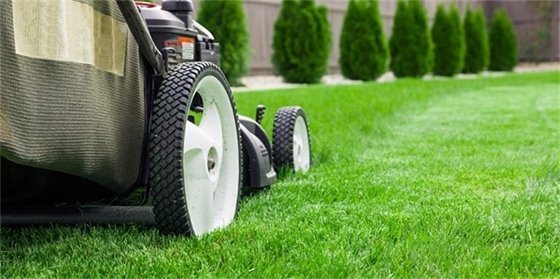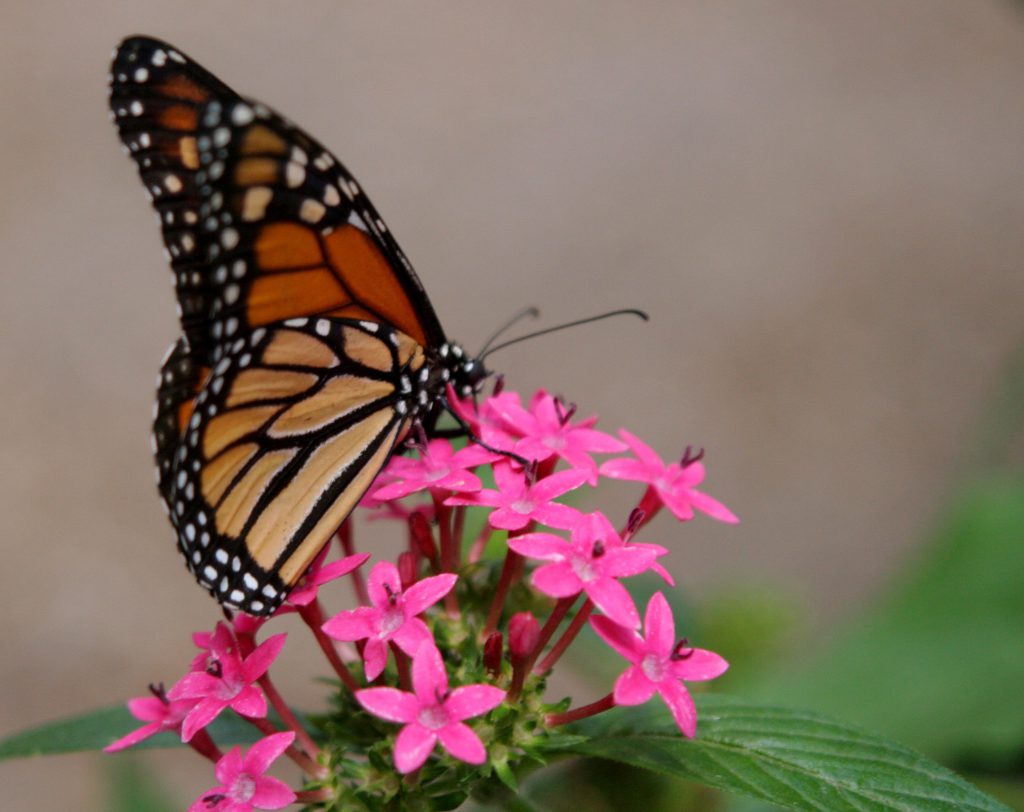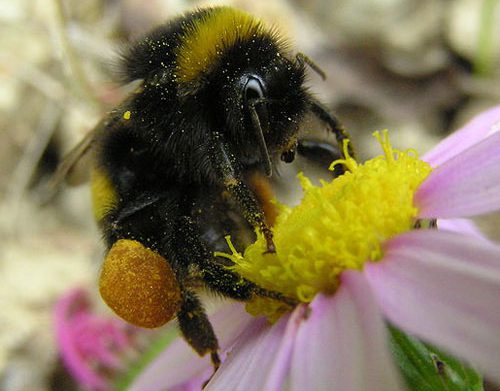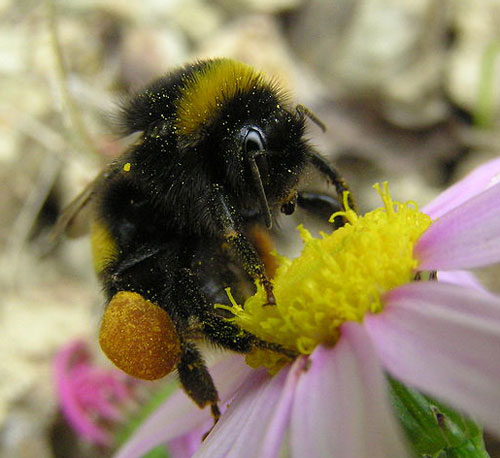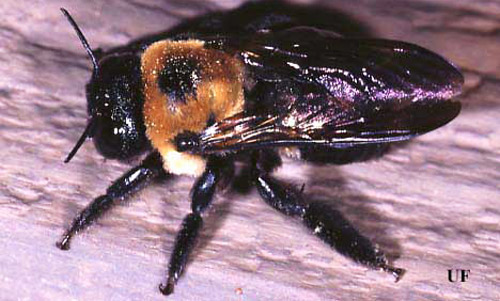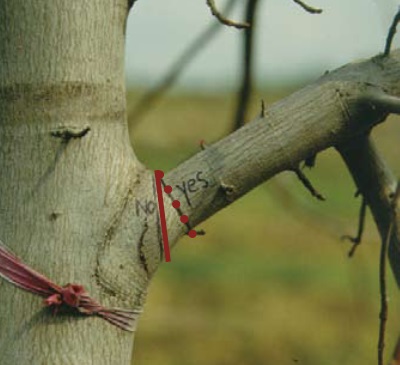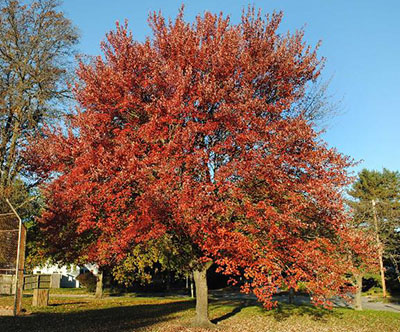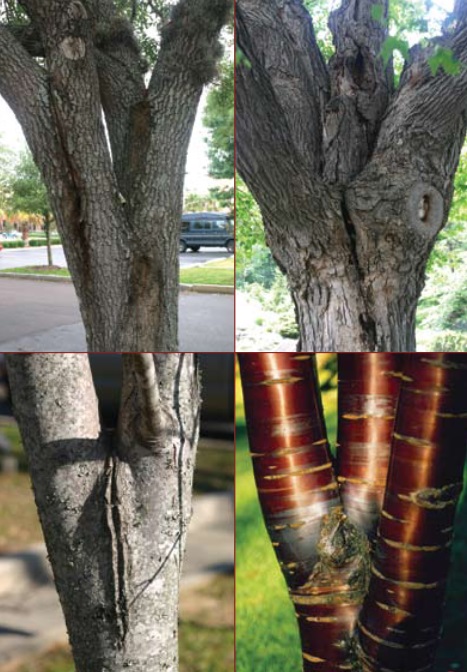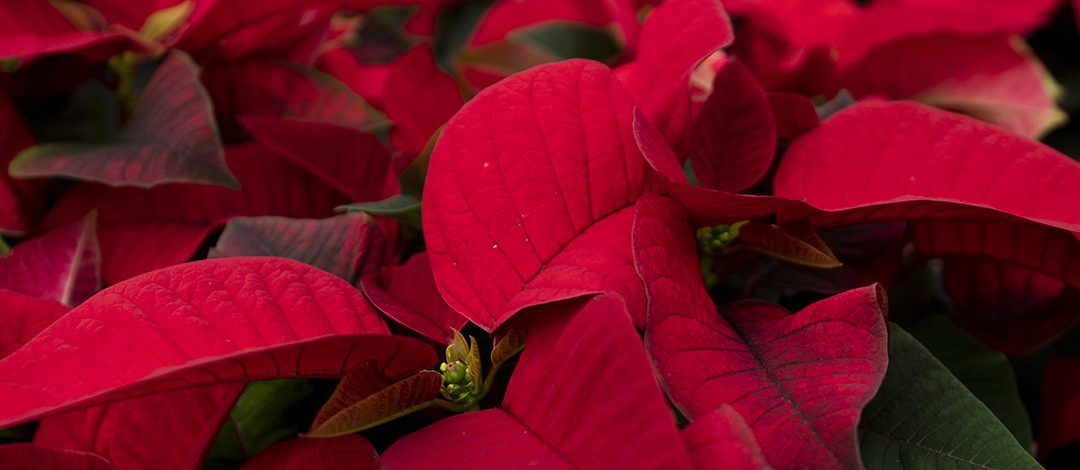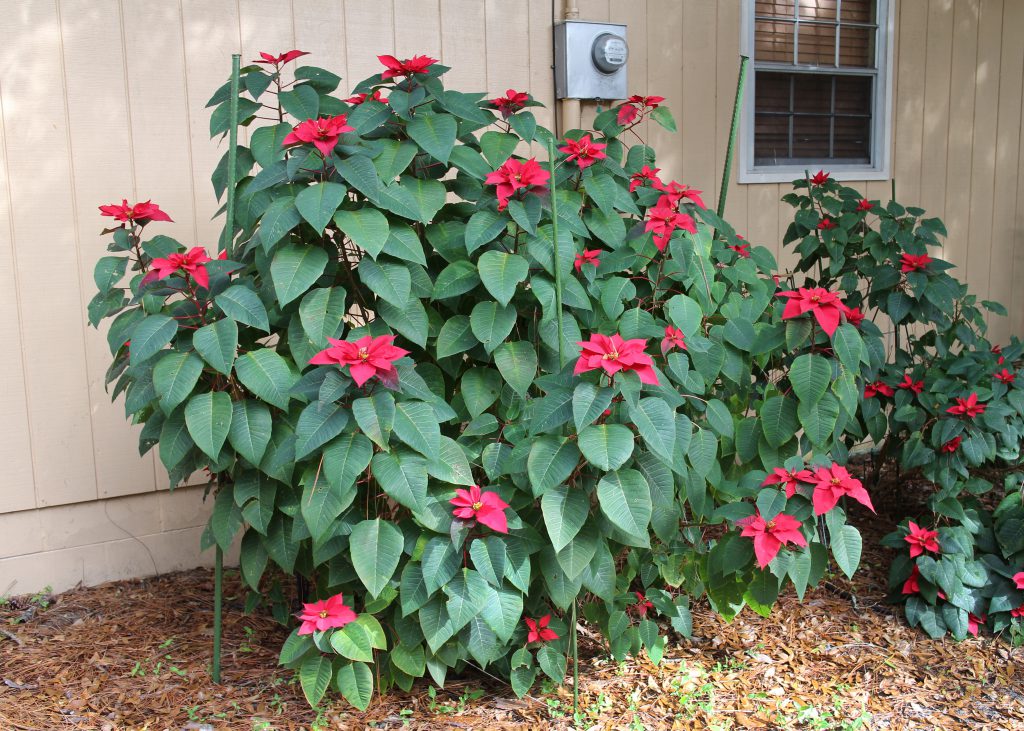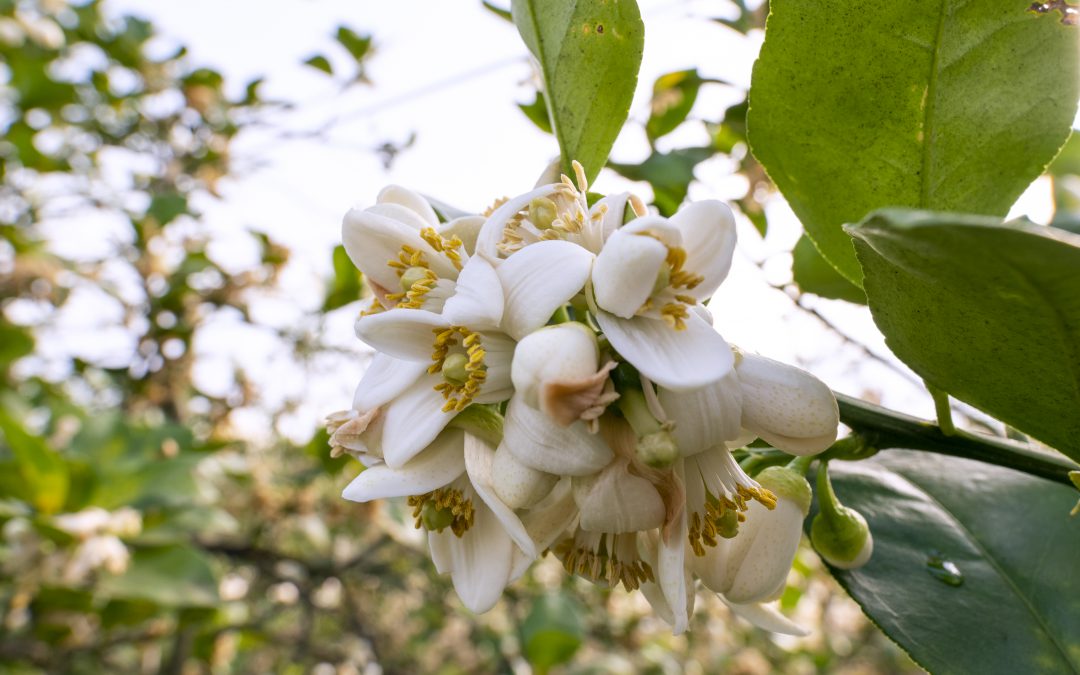
Gardening in the Panhandle LIVE! Program Summary: Citrus in the Home Landscape
This month’s program focused on Citrus for the Home Landscape. Citrus is a wonderful addition to your landscape. You may have tried it before and run into some issues. This episode of Gardening in the Panhandle seeks to demystify these trees. Below is a summary of the program with links and references.
Panelists introduction:
Daniel Leonard – County Extension Director/Agriculture, Horticulture, and Natural Resources Agent, Calhoun County (Moderator)
Beth Bolles – Horticulture agent, Escambia County
Matt Lollar – Commercial Horticulture agent, Santa Rosa County
Danielle Williams – Regional Commercial Horticulture agent, Gadsden County
- Danielle was asked what the best cold hearty citrus is in the Panhandle:
She began by describing the conditions brought to the region by winter storm Elliot, and that one tree which performed well during it was Satsuma Mandarin (Citrus unshiu) which tends to be the most cold hearty citrus in our area that will grow. Some of these varieties are Brown Select, Owari, and Zaishan. Another variety of citrus that may be grown here is kumquat (Citrus japonica) and calamondin (Citrus x microcarpa) are other types that typically grow here. At the moment, there is evidence of damage to other types of citrus from the cold. Particularly with lemons, limes, and grapefruit.
Link: Cold Hearty Citrus – https://nwdistrict.ifas.ufl.edu/phag/2017/02/17/ufifas-evaluating-cold-hardy-citrus-varieties-for-the-panhandle/
- Matt was then asked which limes grow best in N. Florida:
His top two recommendations are limequat (Citrofortunella x floridana) or if you’re interested in more juice or zest, a rangpur lime (Citrus x limona) which is a lemon crossed with a mandarin. They produce heavily and make an excellent key lime pie. They can be propagated from seed and be true to type. However, it was noted that it is illegal in Florida to propagate your own citrus tree and that they must be purchased from a certified citrus nursery.
Link: Citrus in the home landscape – https://edis.ifas.ufl.edu/publication/HS132
- The next question returned to Matt concerning growing key limes in containers:
There are a number of citrus recommended for containers as they are very adaptable to containers. Key lime (Citrus x aurantiifolia) should do well in containers though you’ll want a large container to accommodate root growth and drainage. The second of these is important as citrus does not like to sit in excessive moisture. Purchase a potting mix (one that does not specify “garden soil”) from the store preferably one without a moisture control element. They will need to be put inside for cold protection and will need supplemental lighting while indoors.
Link: Growing fruit crops in containers – https://edis.ifas.ufl.edu/publication/MG243
- Beth was asked next about the viability of growing citrus under the canopy of other trees:
She said that citrus needs sunlight to produce well in general, but there is a possibility of growing citrus with a little shade. They will most likely not do well in excessive shade and if grown in a pine hammock you may need to amend soils. Recent research has shown promise in citrus production and potentially some greening protection under a 30% shaded environment.
Link: Made in the Shade – https://crec.ifas.ufl.edu/media/crecifasufledu/extension/extension-publications/2020/2020_aug_shade.pdf
- The panel went back to Danielle about which lemons do well in the Panhandle:
She said that Meyer lemon (Citrus x meyeri) is one of our more cold-tolerant types, but that is not always the case. Harvey lemons (Citrus x pyriformis) may work as well though they may suffer the same as Meyer types.
Link: Meyer lemon – Meyer Lemon – Gardening Solutions – University of Florida, Institute of Food and Agricultural Sciences (ufl.edu)
- The whole panel was asked to provide some varieties of grapefruit that may do well:
Danielle suggested ruby red grapefruit (Citrus paradisi ‘Ruby Red’) or marsh grapefruit (Citrus paradisi ‘Marsh’) are her favorites that may do well with cold depending on the microclimates where they are grown. Matt agreed with Danielle and added that a pomelo (Citrus maxima) could also be an option though they can get very large fruit and may need extra work to eat. Beth added that she agreed but to keep in mind that these may still suffer in colder years and emphasized microclimates and knowing your growth environment.
- Matt was asked next about cold mitigation strategies for citrus:
He said you should plant new trees close to your house on the south side or use surrounding trees to create microclimates. Heavily wetting the soil will also provide some protection when cold is expected due to heat absorption with wet soil. You can also pile dirt or mulch around the graft union of the tree which will need to be removed when the cold is gone. He also pointed out that commercial growers often use microjet irrigation throughout the night in freeze which can release some heat.
Link: Citrus cold protection – https://edis.ifas.ufl.edu/publication/CG095
- Beth then answered a question about growing in containers:
She said you may have to accept the frangible nature of citrus. She went on to say you need to match the container to the tree and that will come with a large amount of work. So containers are not worth it in her opinion.
Link: Growing fruit crops in containers – https://edis.ifas.ufl.edu/publication/MG243
- Danielle was asked if the tree will bear fruit from suckers:
All citrus is grafted, and where the scion wood and root stock meet is called a bud union. Above this union is the desired tree capable of producing the anticipated fruit, below is the rootstock that was chosen for its ability to survive and will not necessarily produce good fruit which is most likely this is a sour orange. The sprouts originating from the rootstock are known as suckers which may present differently than the rest of the trees (leaves in threes, excessive spines). Growth from above the graft union will be the desired tree capable of producing the desired fruit.
Link: Citrus rootstock – https://edis.ifas.ufl.edu/publication/HS1260
- Matt was then asked if Meyer lemon is grafted:
The answer is that there is a high likelihood that your tree was grafted if bought from the nursery. Citrus may be grown from seed but will take a long time to grow and produce fruit.
- Danielle was then asked about letting citrus grow in a pot prior to planting into the environment and whether this will add cold protection:
She said that you can of course allow the tree to grow in a container prior to planting in your yard, but this is not a requirement. Established trees handle cold weather better than stressed trees which have recently been planted. To this end, make sure you plant the trees in spring or summer prior to August to allow them some growth time in your yard before the cold arrives.
Link: Citrus cold protection – https://edis.ifas.ufl.edu/publication/CG095
- Beth was asked next about post-freeze pruning:
She advised waiting on pruning after a freeze to allow the plant to come back naturally. Once the plant has come back with enough new growth to help it survive. At about 4 months post-freeze event you may begin to assume the plant has died if growth is not beginning. Danielle added that there is a chance the tree will begin to grow again, and the new growth will not survive. This is not unusual, and you should wait to prune till May or June to ensure you’re only removing dead tissue.
- Matt next answered a question about cold damage in containerized citrus:
He pointed out that your tree in this situation may be more susceptible to damage as it did not have the surrounding soil as an insulator from the cold.
Link: Post-freeze damage in citrus – https://nwdistrict.ifas.ufl.edu/hort/2023/02/16/post-freeze-damage-in-citrus-symptoms-and-recovery/
- The whole panel was asked about replacing a tree in the same spot that has died:
Danielle answered that you should take into account that the tree was in the correct place to begin with and if the reason for death was from the cold or something else. If from cold there should be no issue with replacing that tree.
- Danielle was then asked about citrus greening:
Citrus is a major crop in Florida and has been declining due in part to citrus greening. It is a bacteria transmitted by the Asian Citrus Psyllid. This disease plugs up the phloem or nutrient transmission tissue in the tree leading to poor quality fruit and causing decline in tree health. There is a research station dedicated to breeding and dealing with this disease. UF has developed varieties with greening tolerance, and the disease is not as widespread in the Panhandle. ‘Sugarbelle’ and ‘Bingo’ are two of these varieties and are a type of mandarin that did somewhat ok in the cold. Look for the adult insect in the new growth to monitor tree health along with yellowing, corky veins, and lopsided fruit. The difference between this and nutrient deficiency lies in the leaf which will lose symmetry with the disease. Contact your extension agent to identify the disease.
Link: Selecting Citrus – https://crec.ifas.ufl.edu/home-citrus/selecting-a-citrus-tree/
- Beth then addressed when you should plant citrus trees:
She emphasized the need to buy registered citrus trees from a reputable nursery. Pick the correct location and plant spring to summer. The key to citrus is planting depth. They need to be shallow in the soil to allow proper water, nutrients, and air flow.
- Matt was asked next about fertilization:
He said you can begin fertilization about a month after planting keeping in mind where the root zone of the tree. Trees that are a year old or more will benefit from multiple fertilizations throughout the year approximately 6 times in ¼ to ½ pound increments. The table at the end of the link below will guide you to correct fertilization.
Link: Citrus in the Home Landscape – https://edis.ifas.ufl.edu/publication/HS132
- Danielle then further described fertilization:
For satsuma, the tree requires more fertilizer with age. Anything five years of older needs about 1-1.5 pounds of nitrogen per year, split into multiple applications. Reference the guide from Matt’s answer for the number of applications. The preblended fruit tree fertilizers sold in the store are great for use with citrus trees.
- Beth was asked next about mulching:
Many documents don’t recommend mulch due to the disease potential. This is for commercial groves and does not necessarily relate to the home landscape. Be careful to keep the mulch away from the base of the tree to prevent water retention.
Link: Citrus in the Home Landscape – https://edis.ifas.ufl.edu/publication/HS132
- Matt was asked next about trees that flower but don’t produce fruit:
Two guesses to the reason are irrigation being off (too much or too little), the other is too much fertilizer at one time particularly when the tree is setting fruit. This is especially important when the tree is flowering as it can discourage reproductive growth. Danielle added that it is not uncommon for citrus to have a “June drop” of fruit.
- The panel went back to Matt to discuss using permaculture concepts with citrus trees.
He said this will work with citrus though you’ll want to remember the tree may have a larger canopy so something like lettuce (Lactuca sativa) may be a better option to grow below the tree and to avoid vining plants in this scenario. Keep in mind the local environment and that we have a higher moisture level so spacing your crops apart is important to avoid disease pressure.
- Danielle next answered a question about when to harvest the fruit of your citrus tree:
She said that the commercial growers use a Brix to acid ratio, but that requires special equipment which most homeowners don’t own. A better solution for homeowners is to watch for color break (this is when your fruit changes from green to its mature color) and begin tasting the fruit at this time. Things here tend to be ready Oct-Dec (may differ based on variety), and you’ll want to remove the fruit at that point. Leaving the fruit on the tree through winter may result in a loss in a hard freeze.
- Beth was then asked about citrus pruning:
She said that in a home scenario, you’ll not need to prune much. It’s okay for your trees to look different. Pruning involves the removal of dead or diseased wood to a live bud or lateral shoot. You can also remove any branches which have become too large or out of bounds. As well any branches growing too close to the ground can be taken off. Also, any suckers originating from the root stack should be taken off. Finally, any aggressive growth through the center of the plant should be cut off. Branches that are growing downward don’t necessarily need to be removed completely unless appropriate to do so.
Link: Citrus Pruning and Recovery – Citrus Recovery and Pruning – YouTube
- Next, Matt was asked about using kumquat as a hedge:
He said it is possible and has been done commercially to ease equipment use or promote health after the plant is harvested. He emphasized Beth’s thoughts on cutting back to a lateral bud to simplify making a hedge from citrus. One plant he said will do well in this scenario is a trifoliate orange (Poncirus trifoliata), but keep in mind their thorns.
Link: Citrus pruning – https://nwdistrict.ifas.ufl.edu/hort/2021/11/22/dooryard-citrus-to-prune-or-not-to-prune/
- The panel finished with a few questions for Danielle on insects:
The first was what is and what to do about wrinkled leaves on your citrus:
To this she said the damage is most likely old citrus leaf miner (Phyllocnistis citrella) insect injury. These are the larval form of a moth which lays eggs in new growth of citrus. The biggest signifier of this are lines or tunnels throughout the leaf. As the tree grows, the leaves are stunted and become curled. There is nothing that may be done about these as the larvae have grown and moved on. It will not harm the tree aside from destruction of photosynthetic materials but is generally not broad ranging. The effect is cosmetic and will not cause harm to the tree or yield.
Link: Citrus Leafminer – https://edis.ifas.ufl.edu/publication/IN165
The next question was about insect protection through the summer using natural products.
She began by emphasizing the FFL concept of right plant, right place. Essentially, make sure you’re setting your plant up to thrive. Once you’ve picked the proper spot, purchase a disease free tree from a certified nursery that has been inspected and is tagged. You’re likely to see leaf miners as discussed above or “orangedog” caterpillars. These are the larval form of the giant swallowtail butterfly (Papilio cresphontes) which are a pollinator. She pointed out that pest identification is crucial. One example is a friendly fungus that is entomopathogenic and attacks white fly nymphs. That said, there are natural solutions such as neem oil and Spinosad. You always want to know what you’re controlling and make sure you follow the label for all pesticides.
- The program wrapped up with a question to Danielle about citrus resources for novice growers:
She began with our Gardening in the Panhandle newsletter. Another resource recently launched from the Citrus Research and Education Center has videos on everything from planting to insecticide use in citrus.
Link: CREC Home Citrus – https://crec.ifas.ufl.edu/home-citrus/
Citrus trees are a wonderful addition to your home landscape. As with all plants, there can be challenges growing them. A little patience and knowledge will go a long way to helping you grow a beautiful tree that can provide a bountiful harvest. Your local extension professional is always on hand to help. Reach out to us at this link: local extension agents.
This program has been recorded and is available on Facebook here: https://www.facebook.com/GardeningInThePanhandle/videos/586710180186708
Please let us know how we did by filling out this survey:

